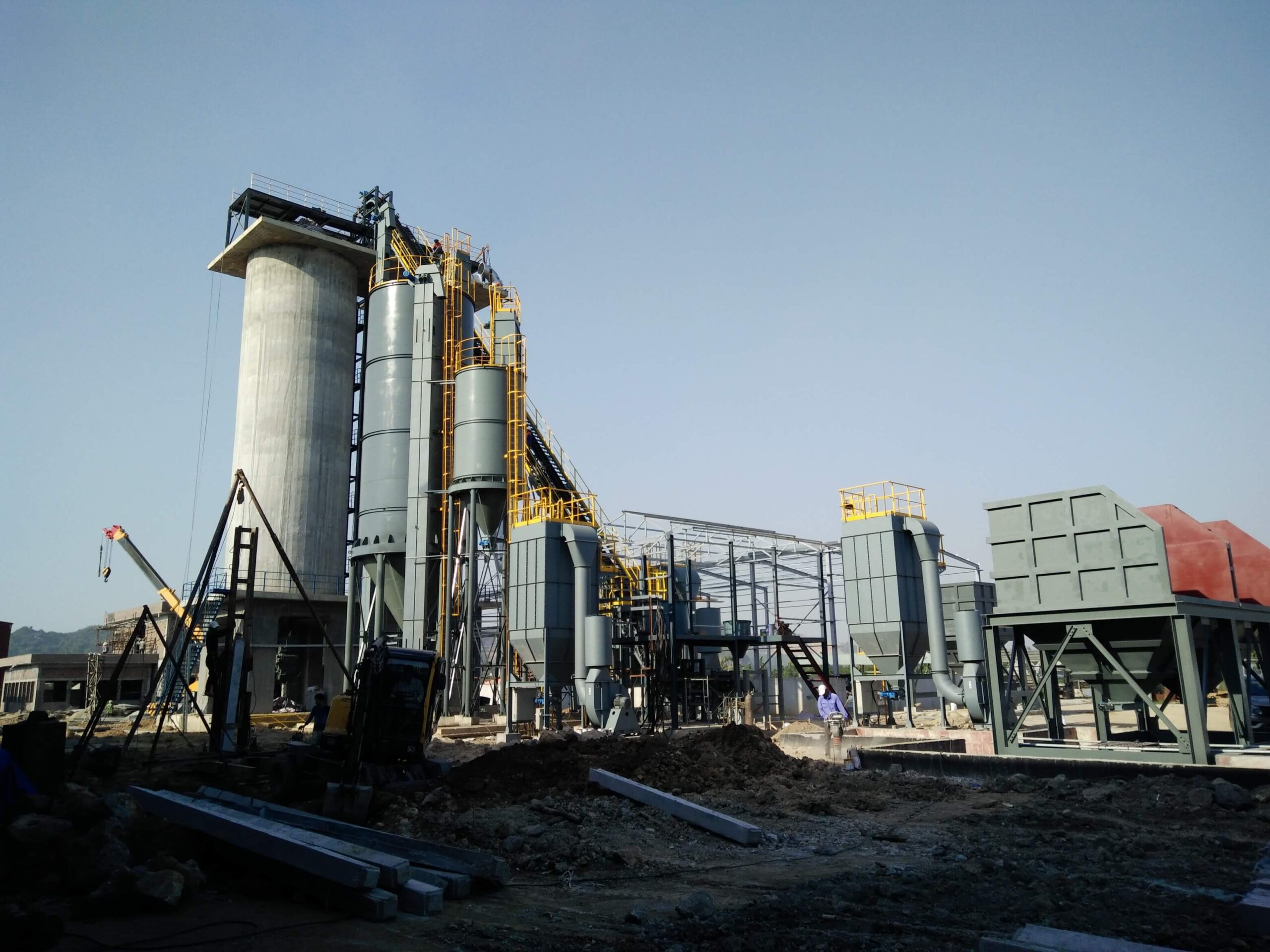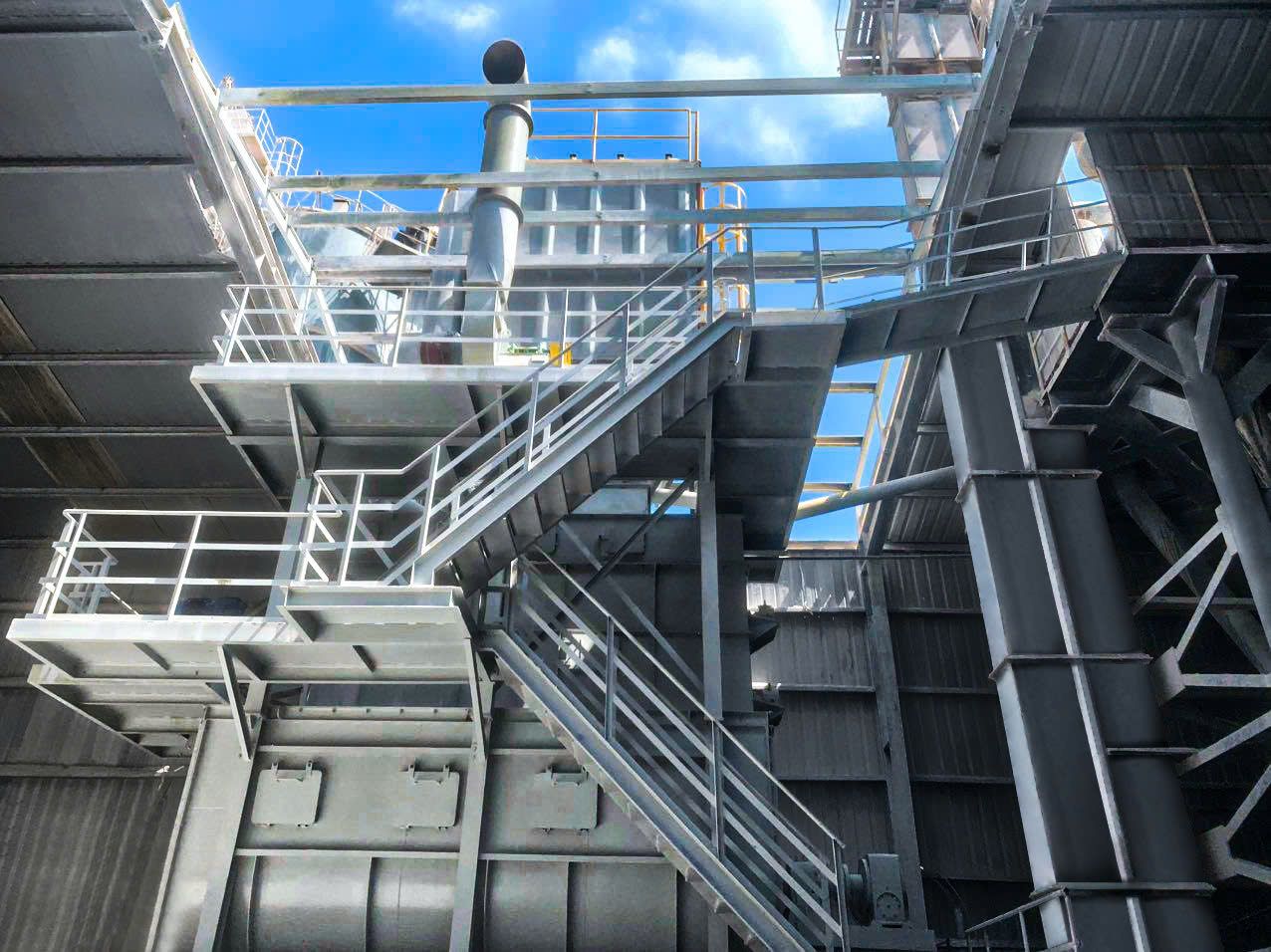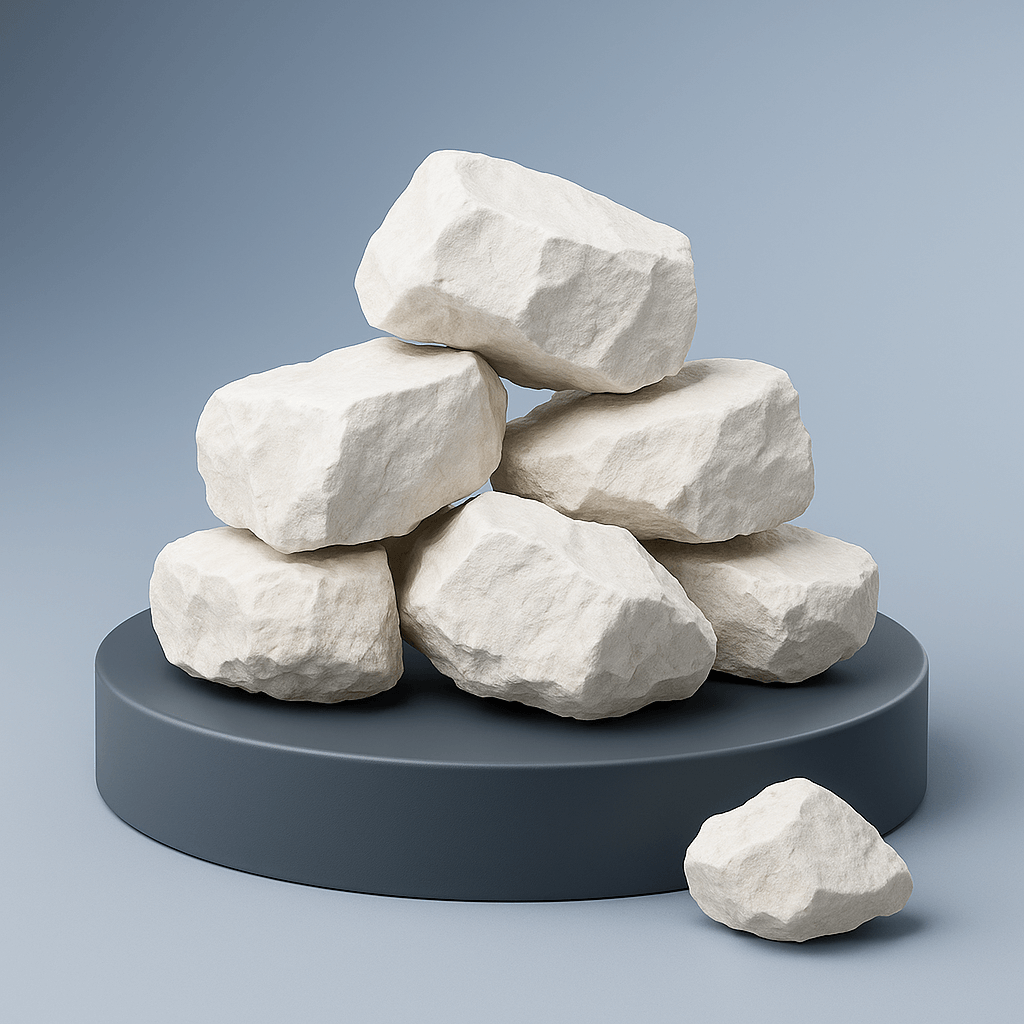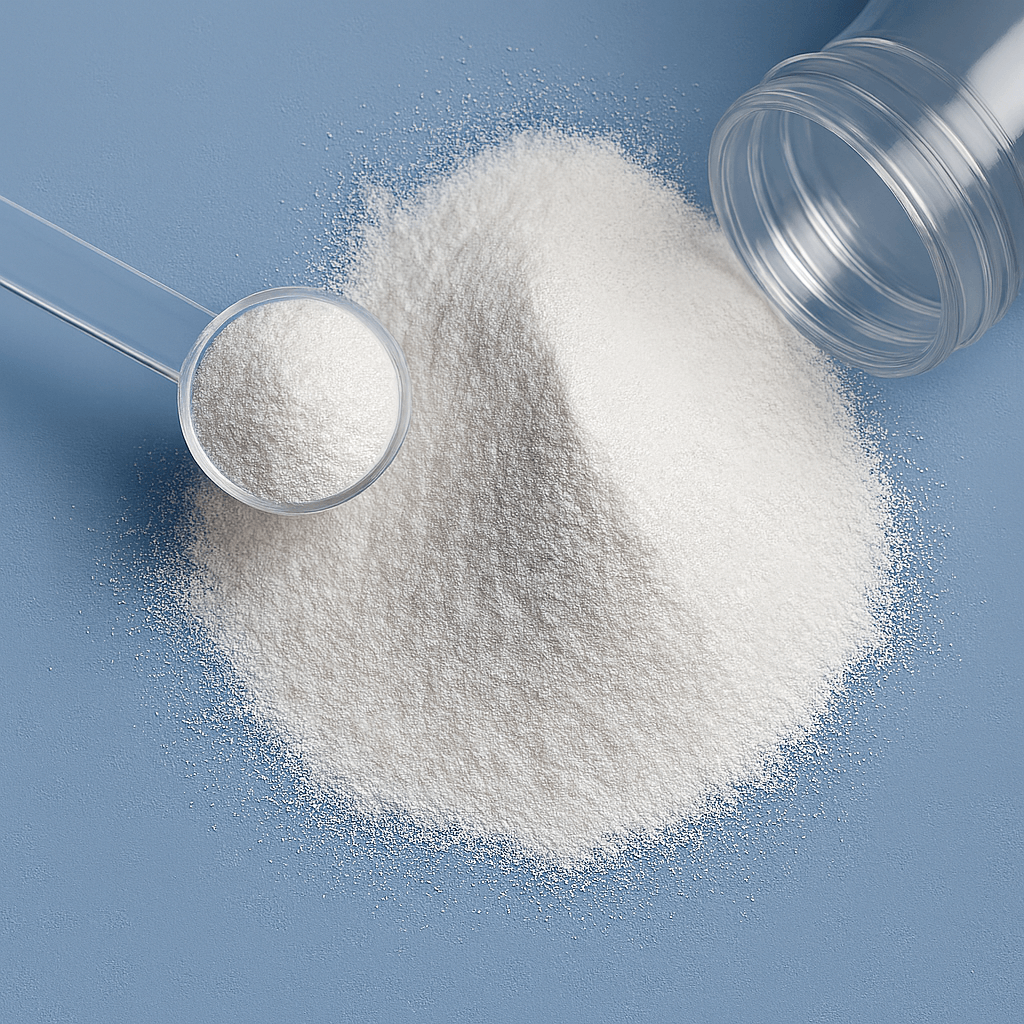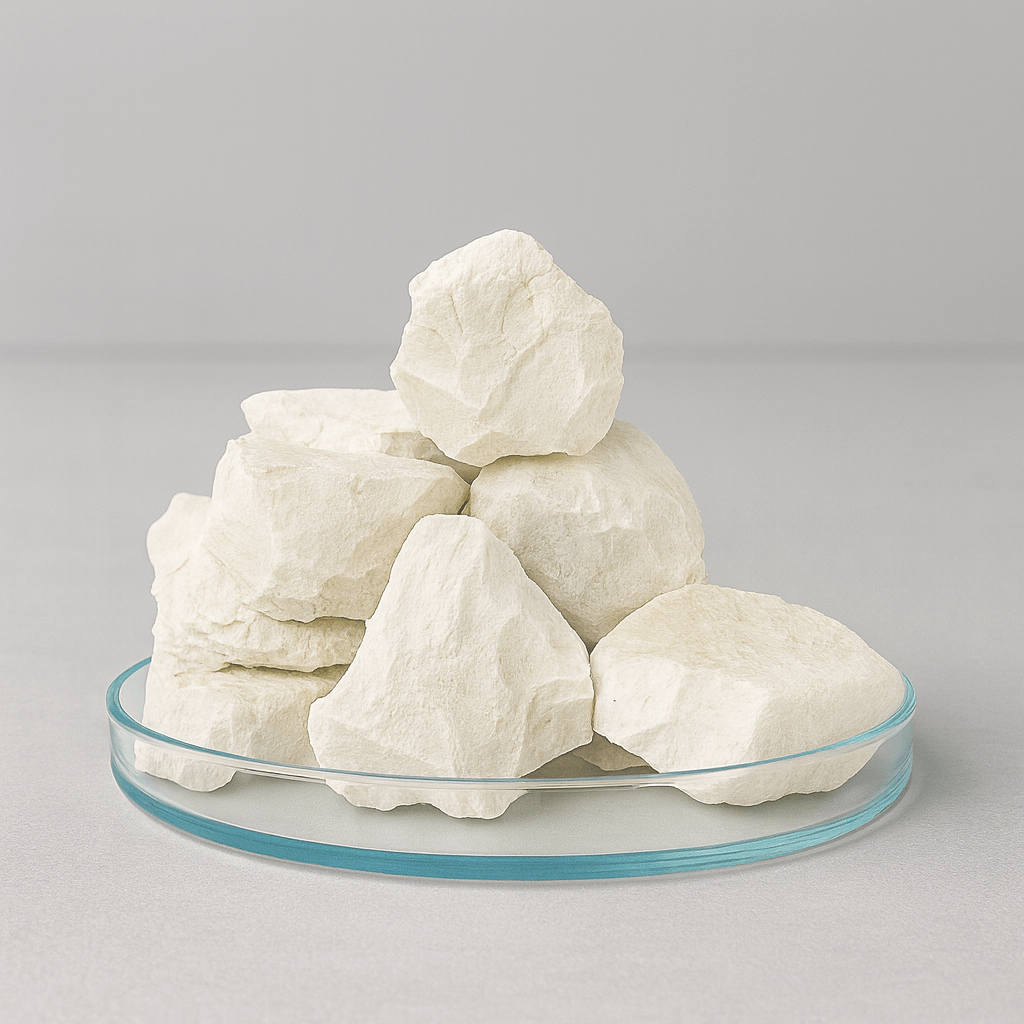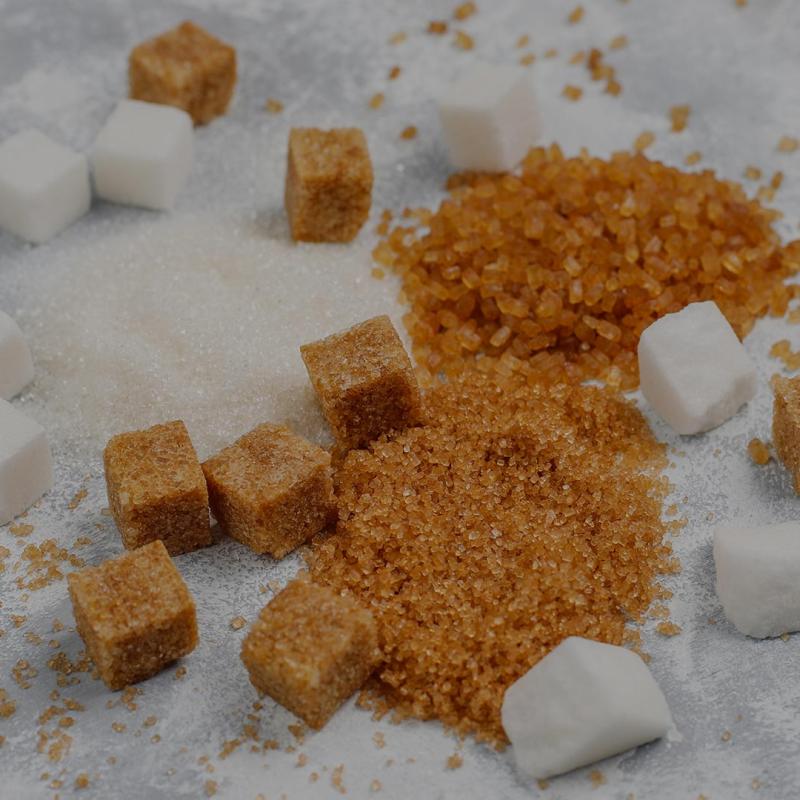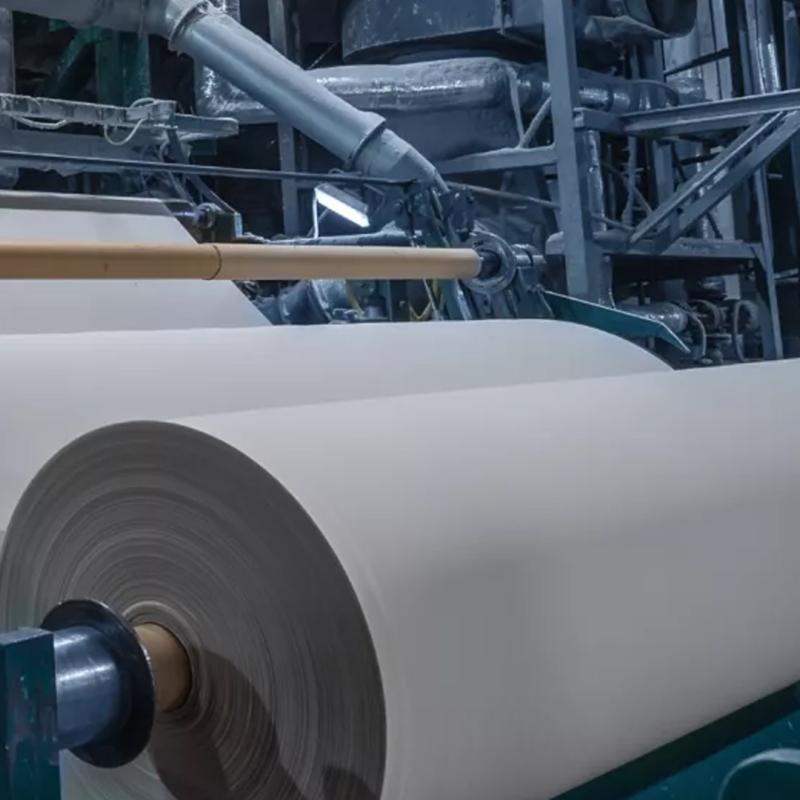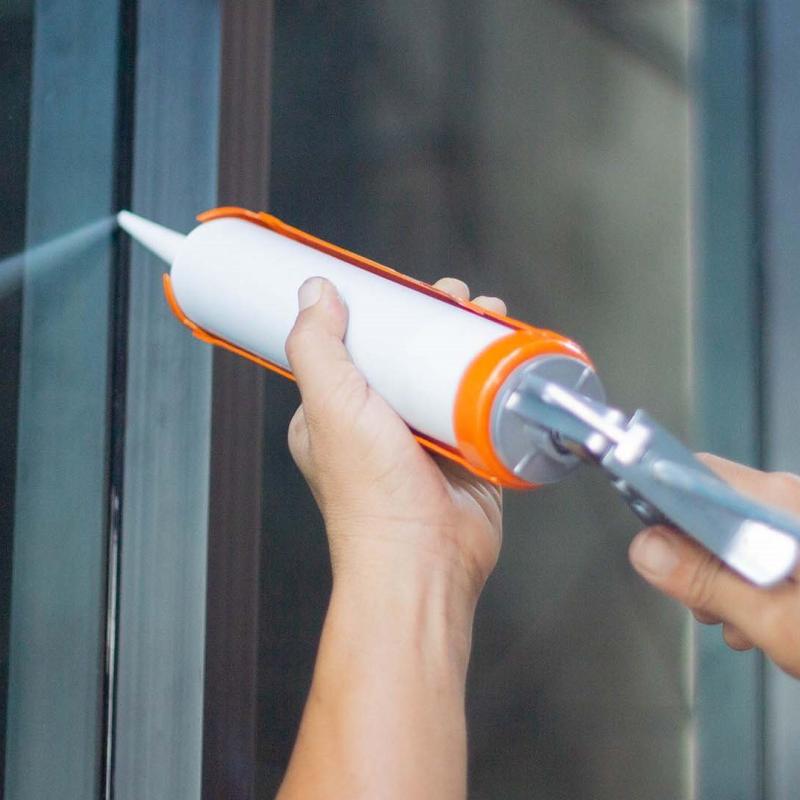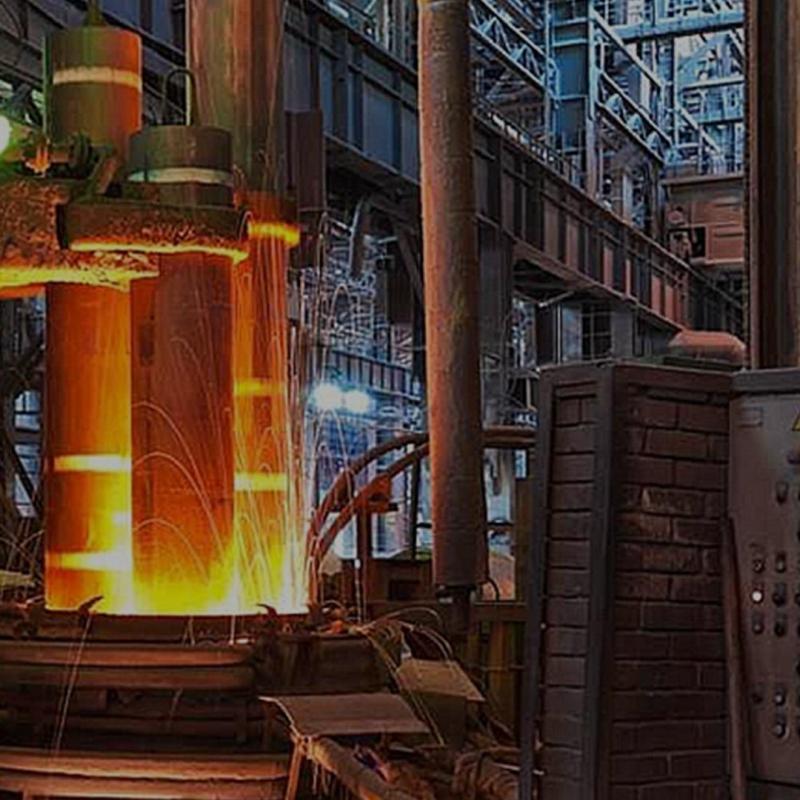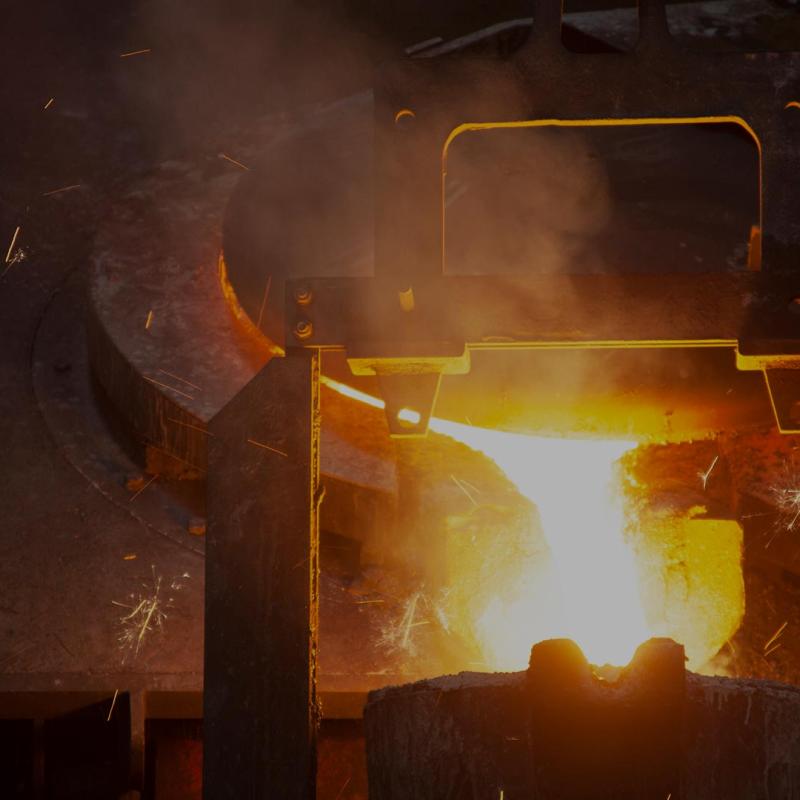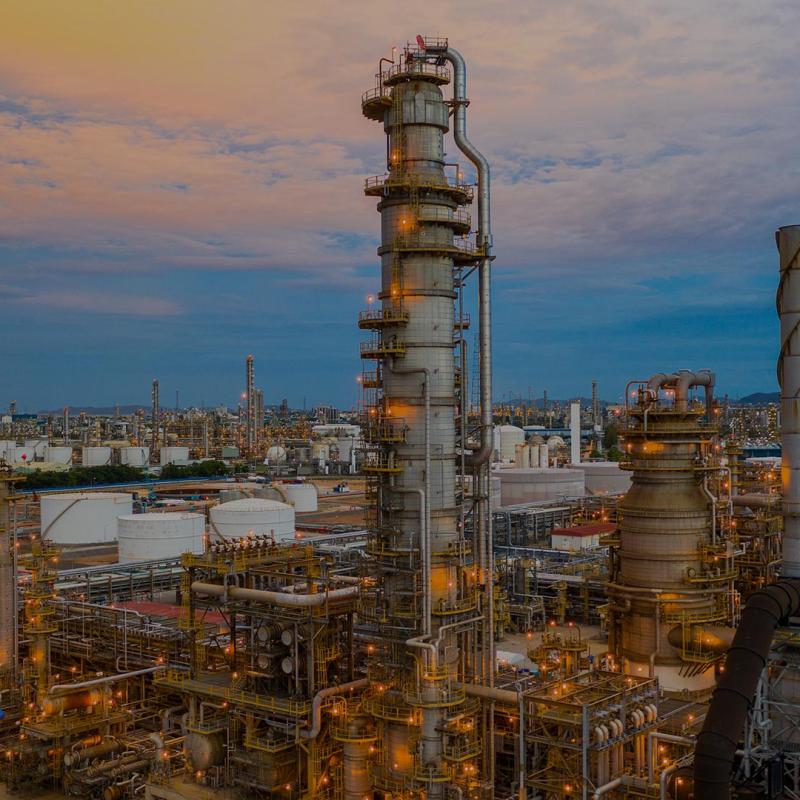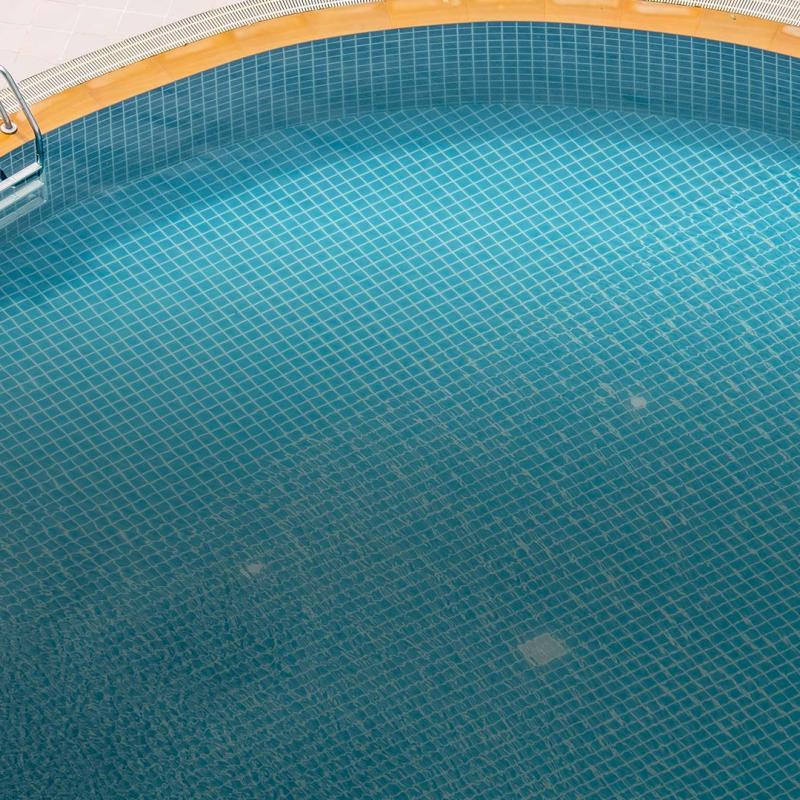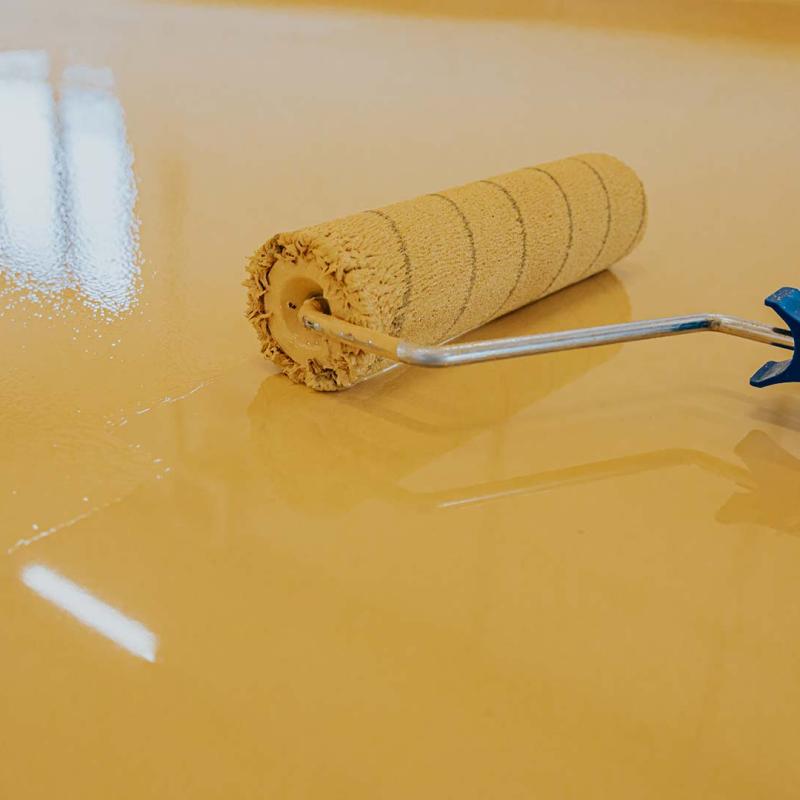Meeting market demands involves producing Precipitated Calcium Carbonate (PCC) with specific particle shapes, sizes, and a narrow particle size distribution. This requirement hinges on controlling operating conditions effectively and ensuring the quality of raw materials, including purity, whiteness, brightness, and heavy metal content.
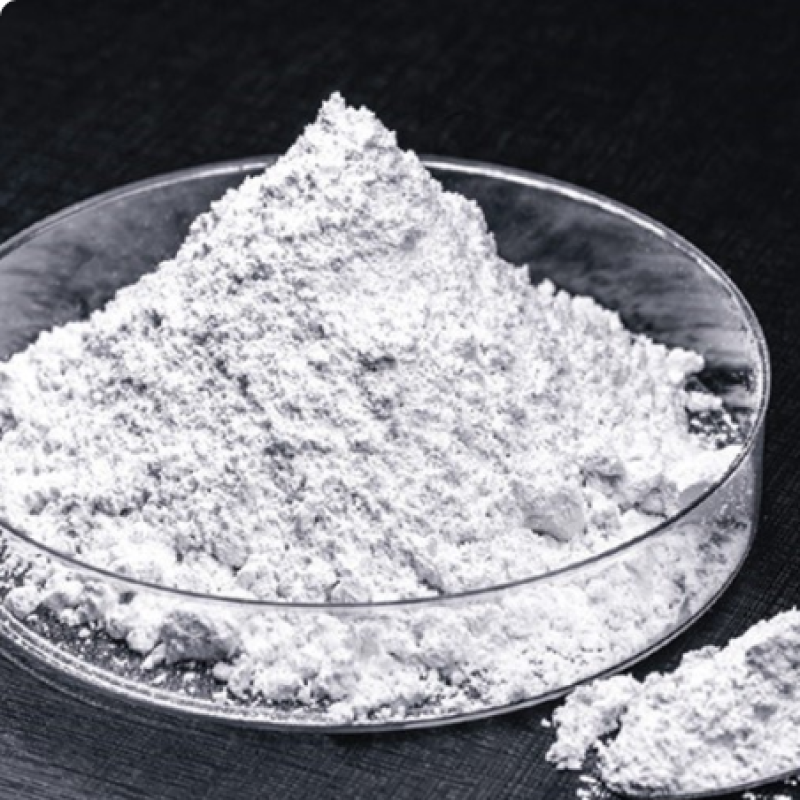
MARKET NEEDS
In the production of precipitated calcium carbonate (PCC), lime reacts with water to form calcium hydroxide (slaked lime), which then reacts with carbon dioxide to precipitate calcium carbonate. This process allows for the production of PCC with specific particle sizes and properties, making it valuable for applications in paper, plastics, paints, and other industries.

SOLUTION
In the production of precipitated calcium carbonate (PCC), high-calcium lime is prized for its purity and reactivity, facilitating the efficient production of high-quality PCC with consistent particle size and properties. Hydrated lime, on the other hand, is utilized when a slurry form is required for controlled precipitation processes. They are chosen to ensure optimal PCC production, maintaining desired quality and characteristics in the final product.



